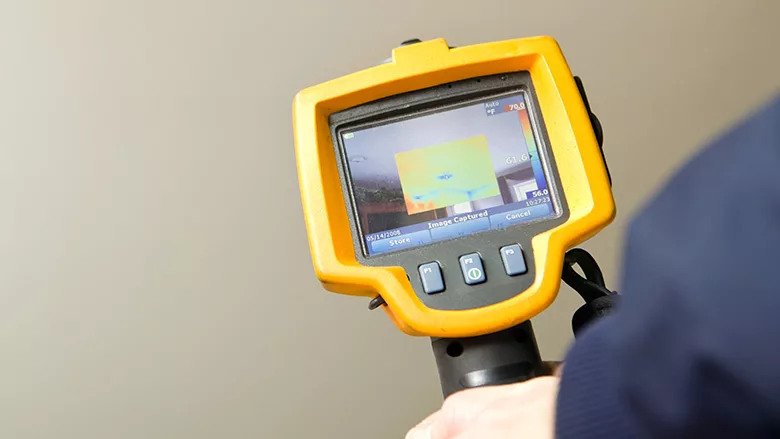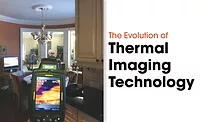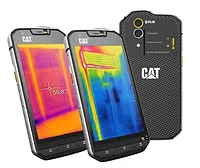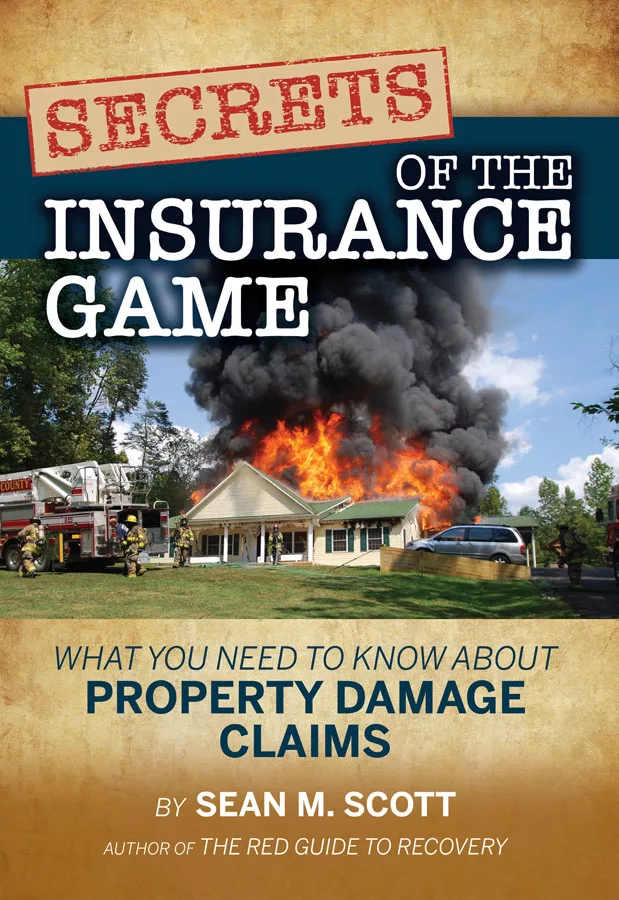Thermal Imaging: The Importance of Resolution

Photo: BanksPhotos / E+ via Getty Images
Infrared thermal imaging has been adapted to our industry for over a decade. When it was first introduced, basic cameras with low resolutions were clunky and hardly affordable, often reaching over $10,000. As technology and manufacturing have advanced, handheld thermal cameras have become much more accessible and affordable. What is thermal imaging? These cameras operate on the infrared electromagnetic spectrum. We use these cameras to observe temperature differentials. They do not detect water, they cannot see through walls like depicted in some movies, and most cannot be used to take our temperature. In fact, these cameras can only observe top layer surfaces.
The industries that primarily use thermal imaging cameras include the military, electricians, home inspectors, building moisture inspectors, and restoration technicians. Electricians typically use these cameras to observe temperature differences of overheating parts in energized electrical equipment, such as breakers in a breaker panel. The military commonly uses thermal imaging in drones and other equipment to scan environments. Building moisture inspectors use these cameras for a multitude of uses including the most basic one in our industry. For the restoration industry, these cameras are usually only used on inspections for water damage projects to search for building materials that have been impacted by water. Most cameras indicate wet building materials as blue images, representing colder temperatures. These areas are represented as cooler due to evaporative cooling from water evaporating from the surface. This is the most basic use for these cameras, and the pocket style cameras are more than suitable for this purpose.

Photo Credit Branden Adams
As seen in this image, water was suspected to have traveled down the wall due to the cooler (blue) temperatures observed. Using a nonpenetrating meter, the drywall was verified to contain an elevated moisture level. Due to this being a very large wall, this wet area may have been missed if thermal imaging was not used.
Some lesser-known applications for these cameras include analyzing how HVAC systems interact with the indoor environment, observing if insulation is efficient in preventing thermal transfer through exterior walls and windows.
The pocket cameras often have lower resolutions set between 128x96 to 160x120. For most restorers, this is sufficient for their purposes. However, when a project has visible mold growth on random objects caused by an unknown water source, in a building with studded wall cavities used as air returns, in the middle of summer, in a house with 10–12-foot ceilings, this resolution will likely not be enough. The resolution of a thermal camera is how many pixels there are in the image. The higher the resolution, the better the picture quality. Cameras with higher resolutions tend to have lower thermal sensitivity (which is a good thing) which results in images that are sharper, more defined, and more capable of distinguishing different areas of thermal radiation (what the camera “sees” as temperature differences to create the image). For pocket cameras, the further you get away from a surface, the less information the camera can provide, especially when there are extremely tall ceilings, such as in a warehouse. Higher resolution cameras have a much better sensitivity range. For our industry, I would recommend cameras with a resolution of at least 300x200. To properly analyze the thermodynamics of a building however, a camera with a resolution of at least 600x300 is recommended. These higher-end models are the cameras that professional building moisture inspectors use. To learn more about building moisture inspectors, the tools they use, and how to apply them, the new 3-day IICRC certification course Building Moisture Inspector (BMI) is a great resource.
You may be asking, what kind of camera should I buy? I would strongly urge you to take a thermal imaging course before you buy a camera. That will provide a good understanding of how they work, how to use them for different applications, and how they apply to your industry and company. There are many courses available from one-day thermal imaging inspection courses to a Level 3 Thermography course. As professionals in the restoration industry, we should always strive to understand our tools and equipment to the best of our abilities. This will not only reflect in your knowledge and application of them, but also in how professional you appear to your clients. Professionalism is one of the most important traits a contractor can have for homeowners, property managers, or other business owners. Being able to properly use thermal imaging cameras and explaining how they work to your client will give a more professional opinion of you as a contractor, which in turn will increase the likelihood of them hiring your company.
The first step in any venture, purchase, or service is education.
For a hands-on demonstration of the importance of thermal camera resolution, please join me at the Experience this Spring, April 8 – 10 in Punta Gorda, Florida at the restoration pavilion. I hope to see you there!
Looking for a reprint of this article?
From high-res PDFs to custom plaques, order your copy today!







